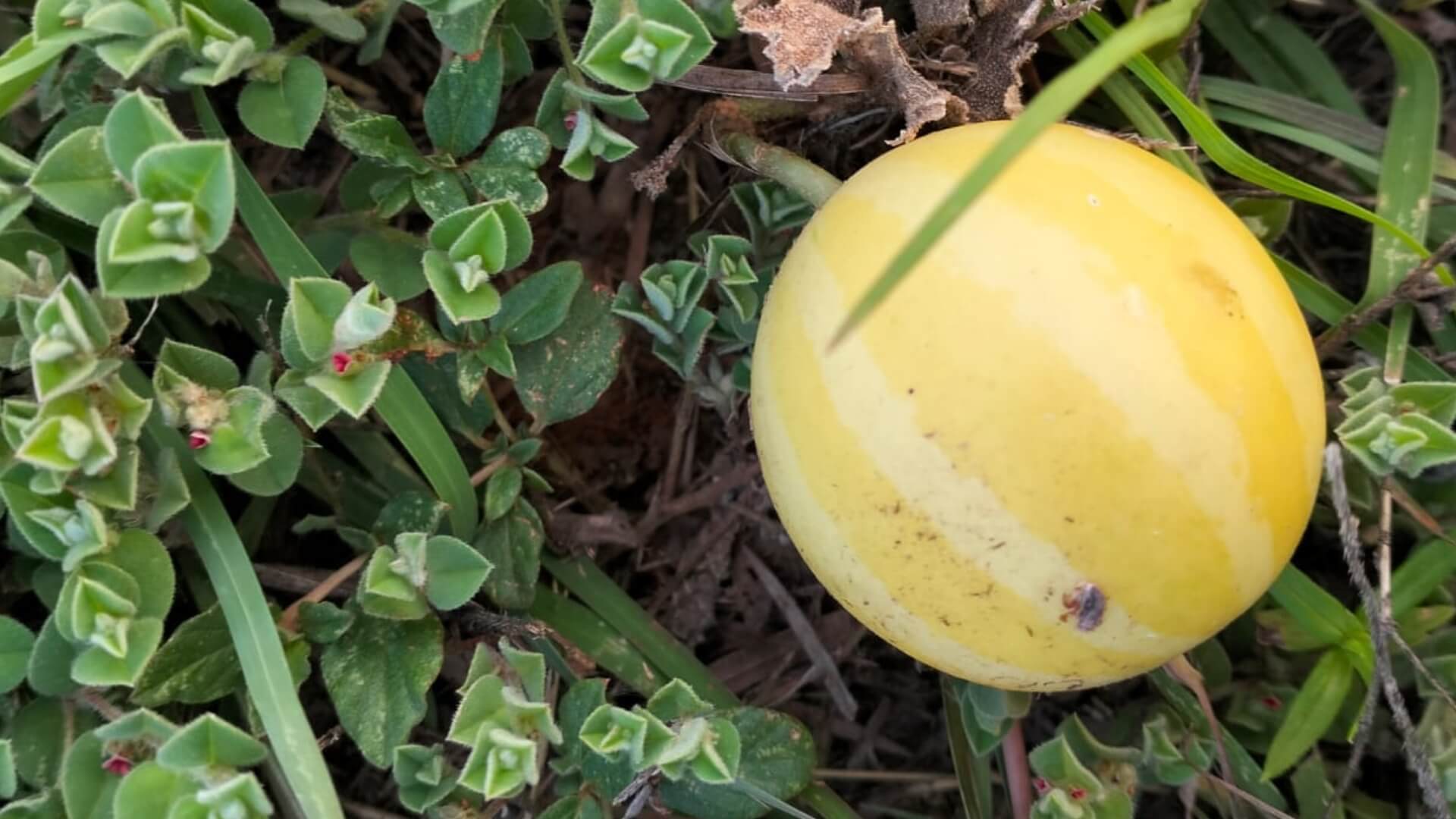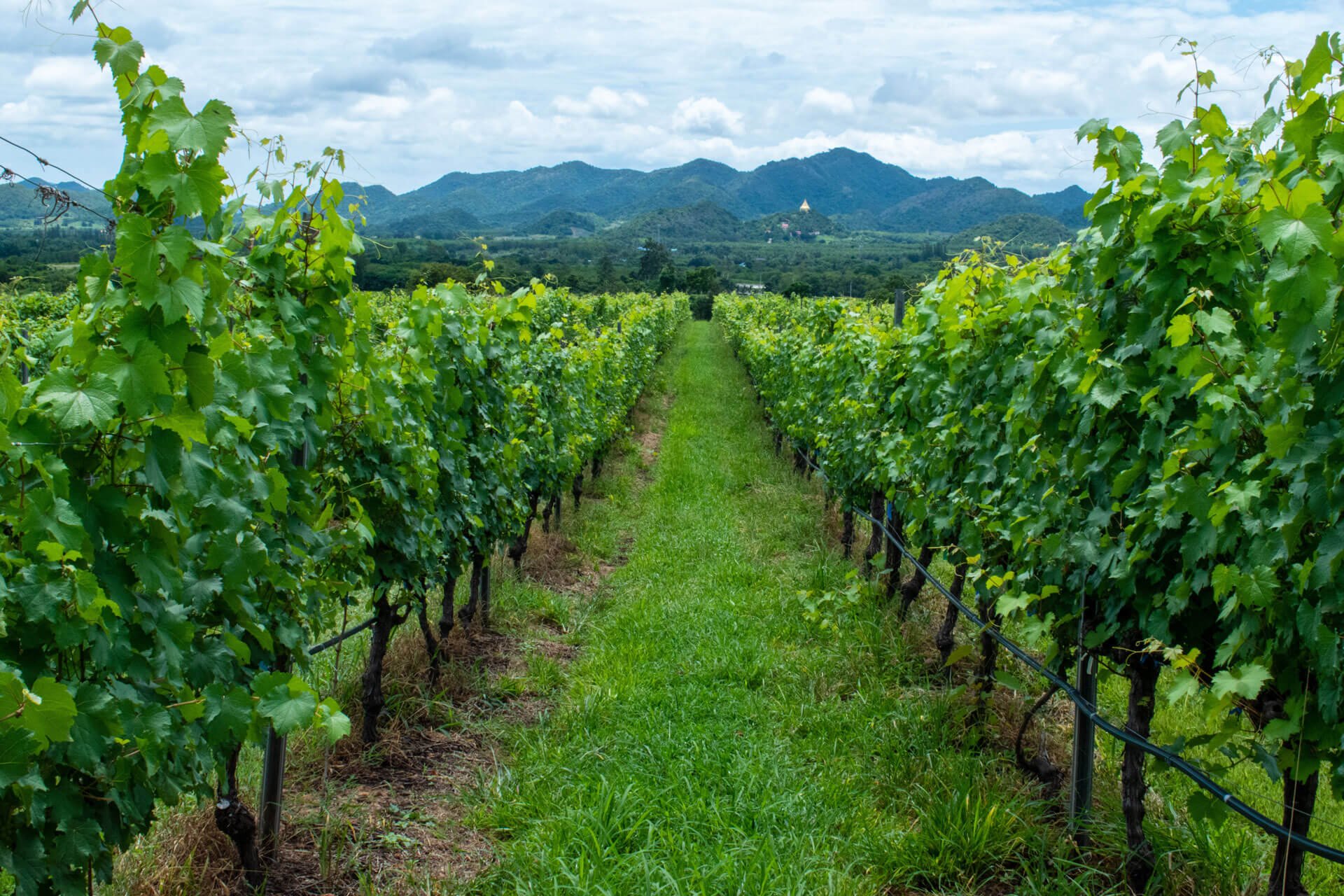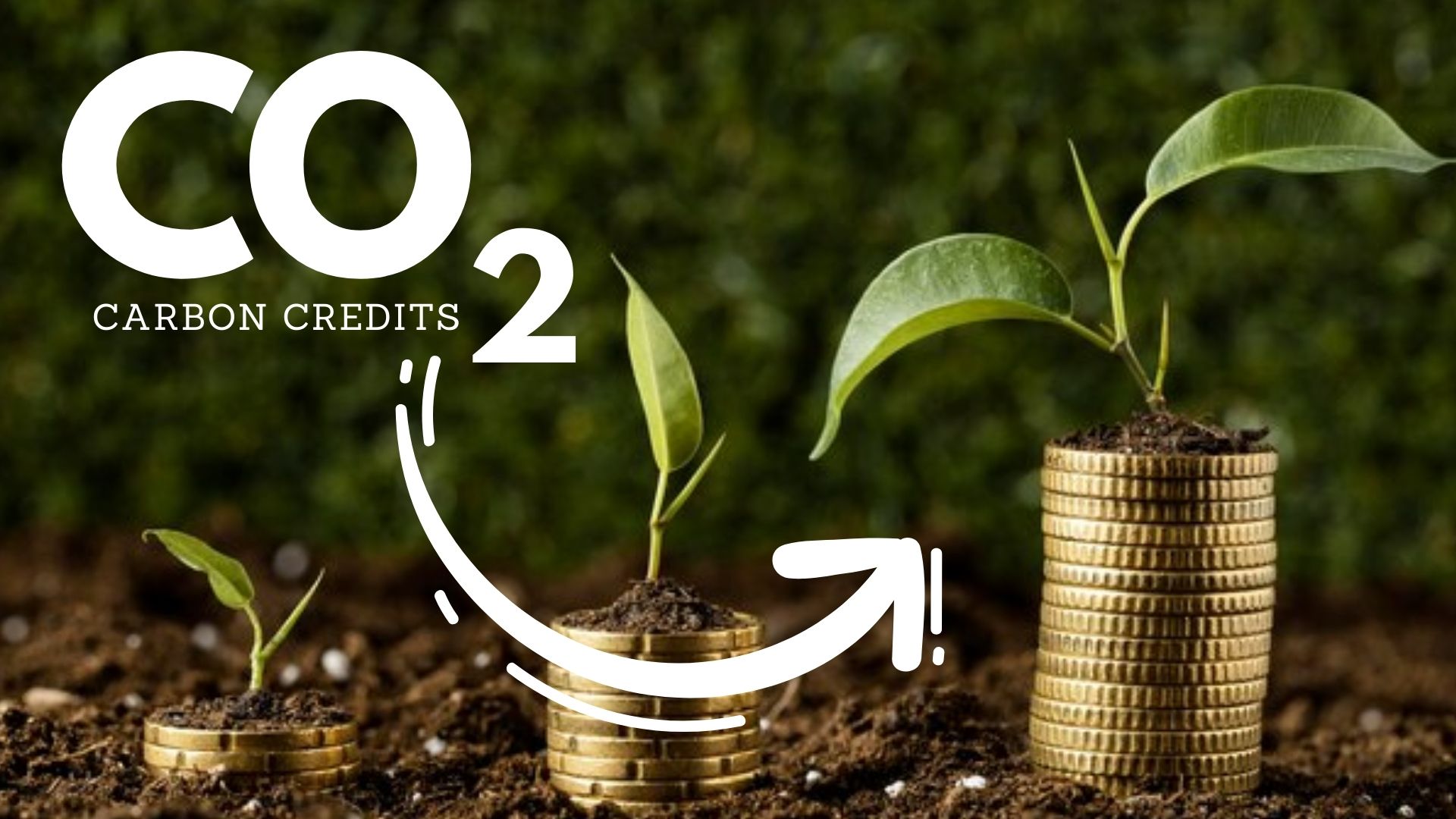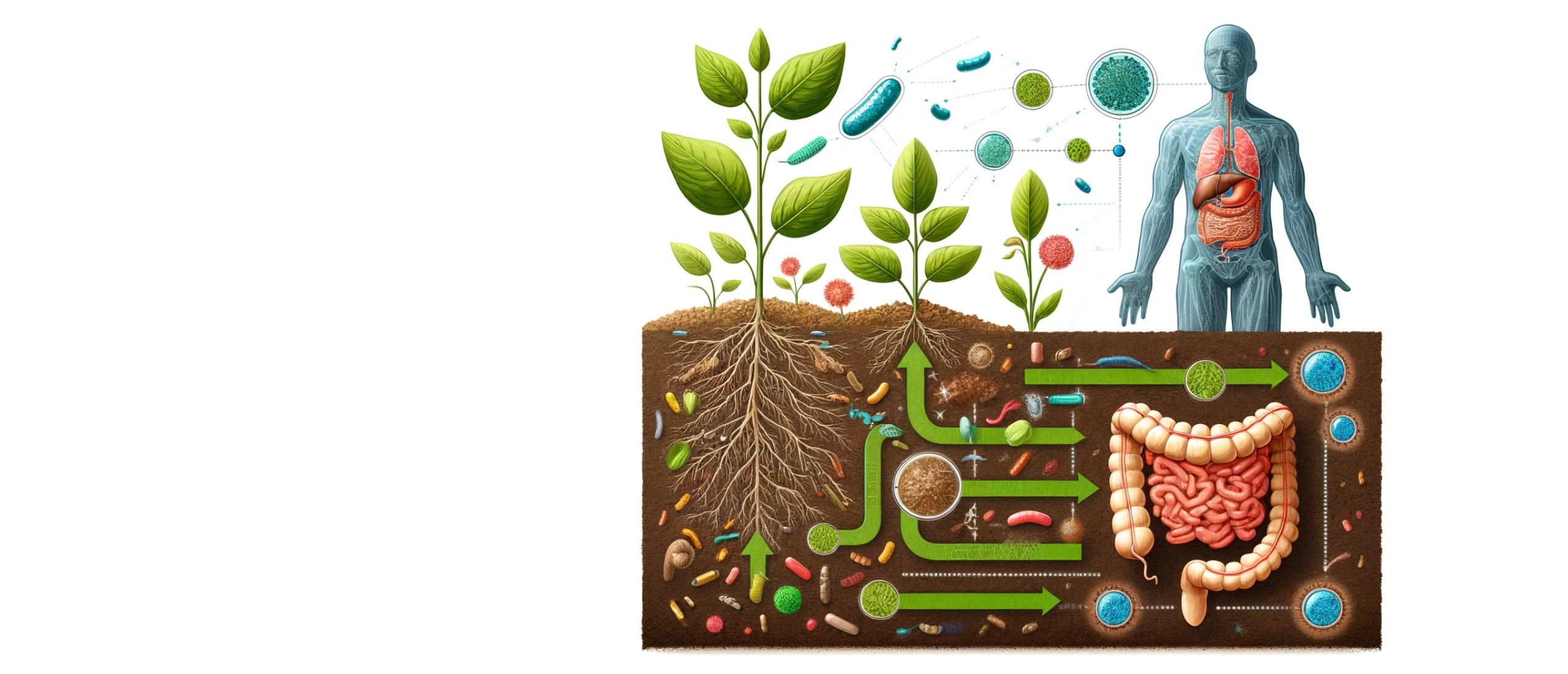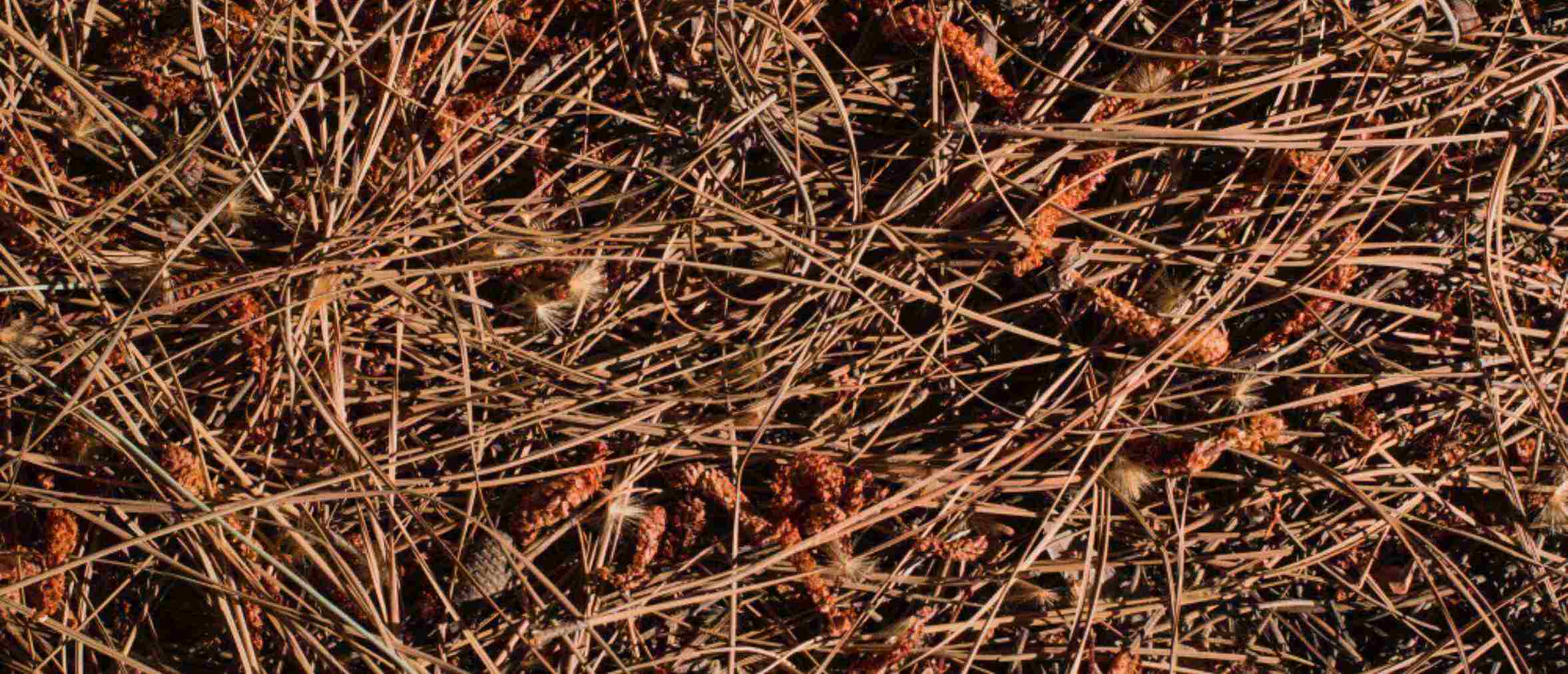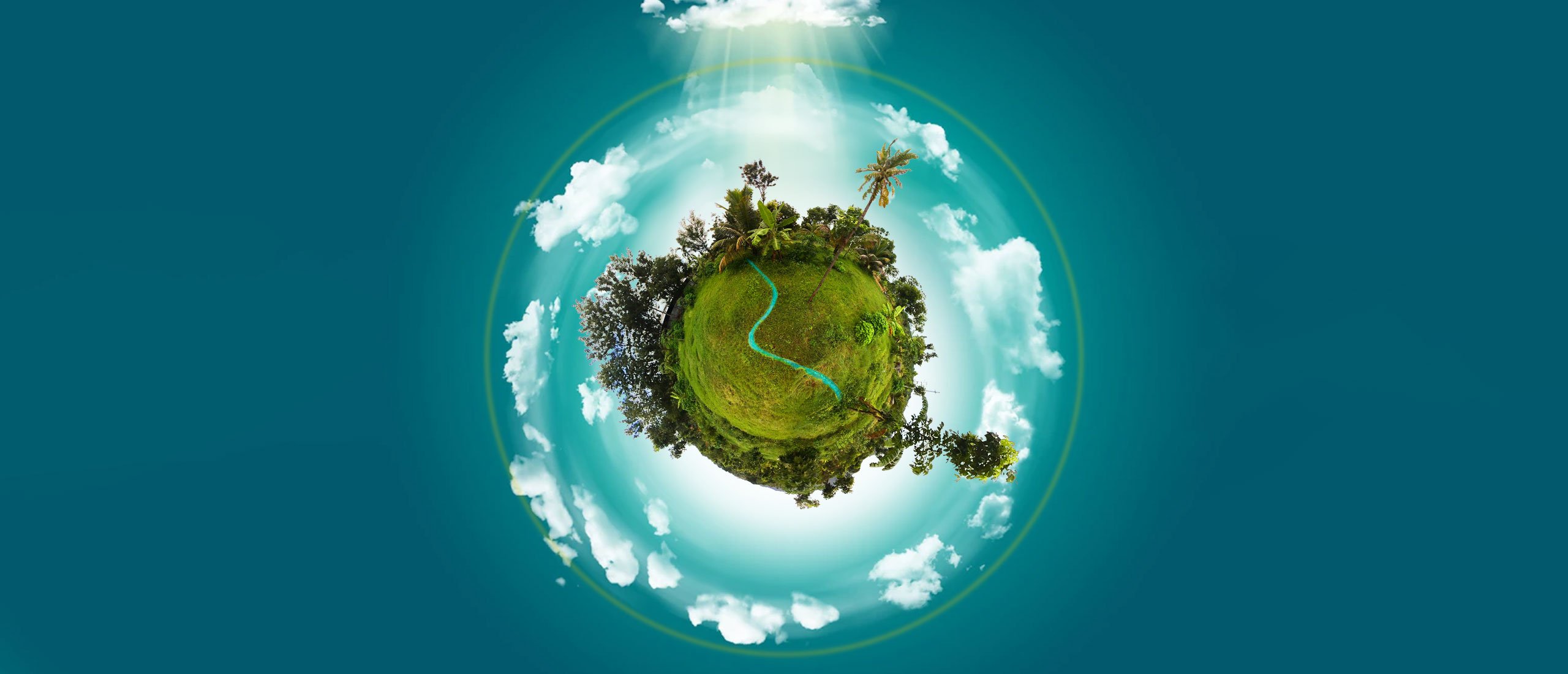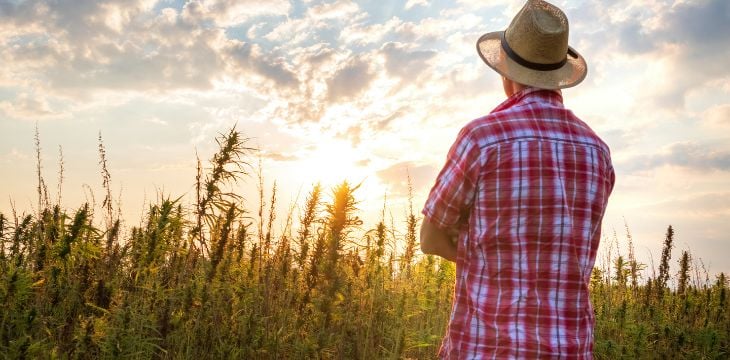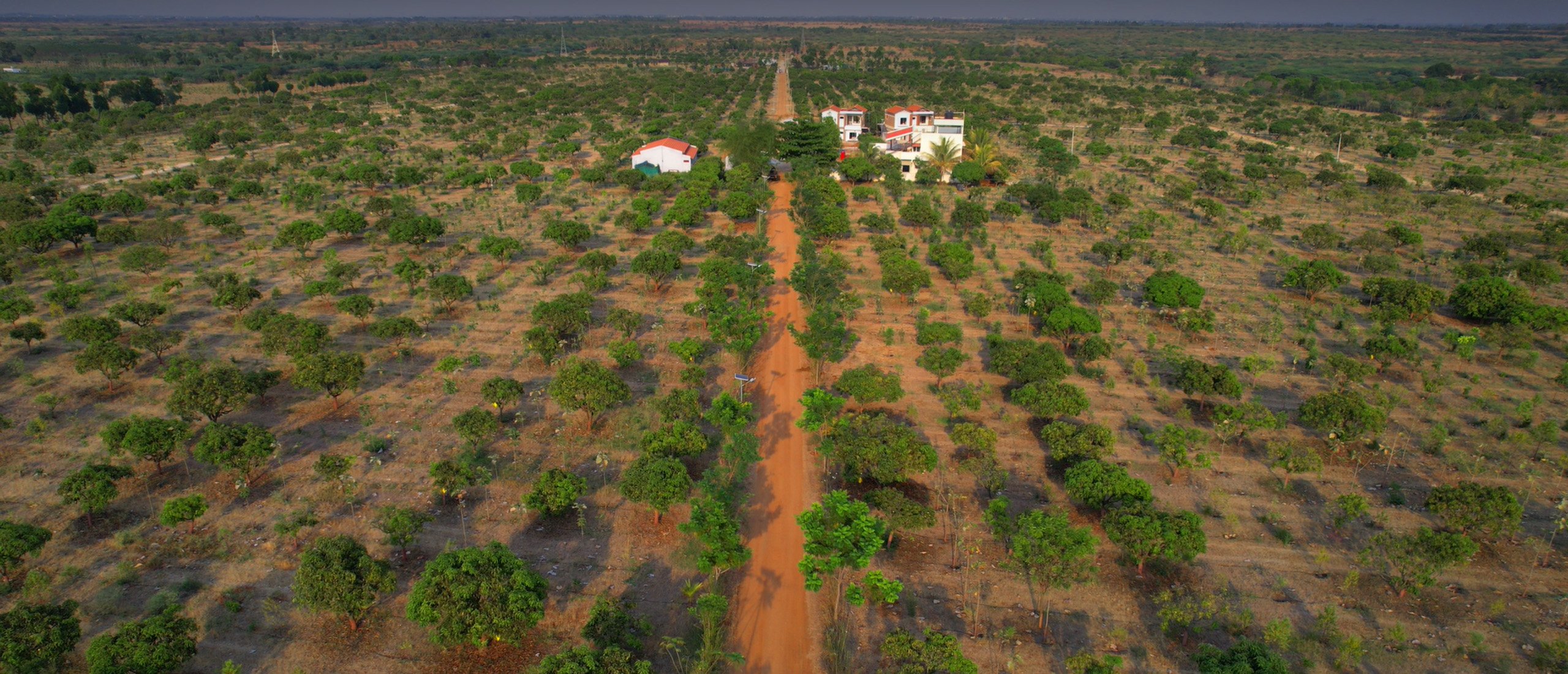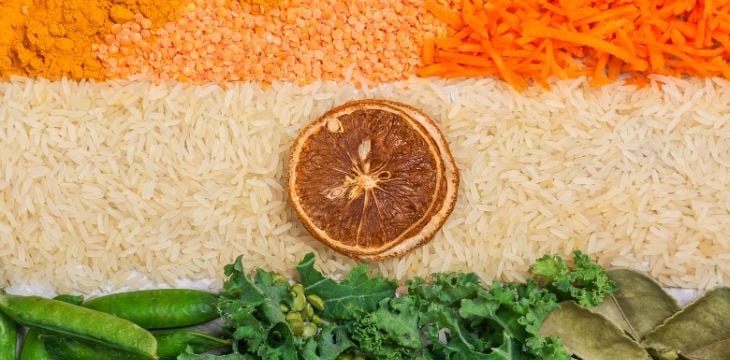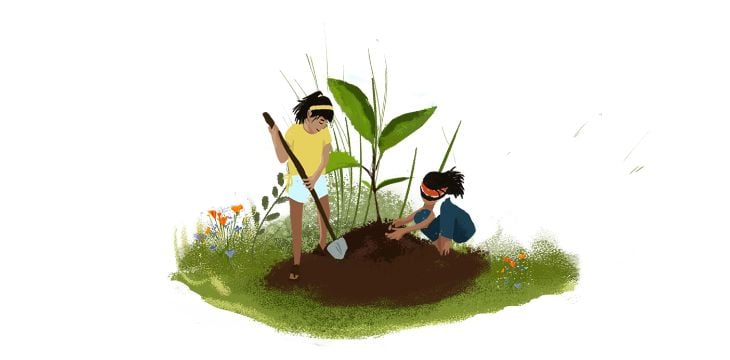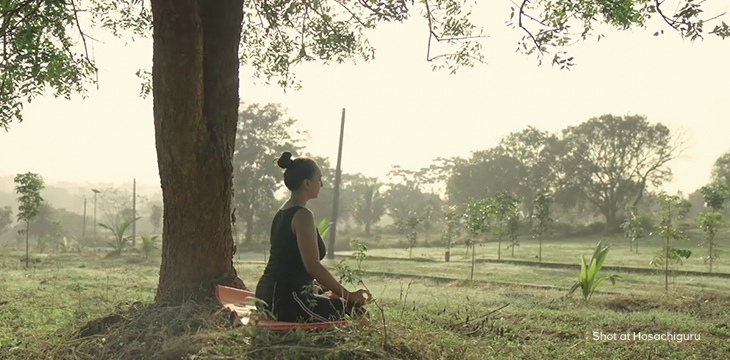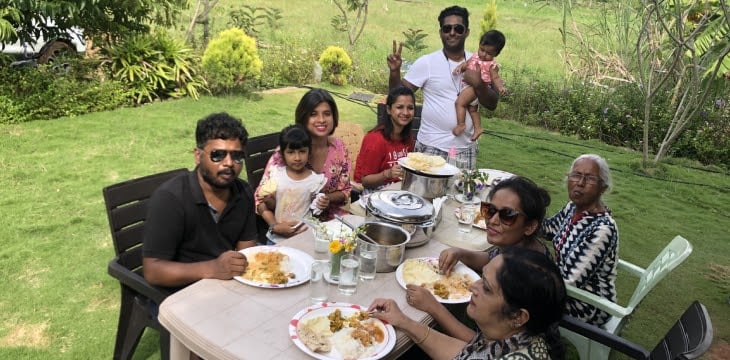September 1, 2020
Although it appears otherwise, there is plenty of water on earth. The primary issues are quality and uneven spatiotemporal distribution that make it inaccessible. But, the most fundamental of all issues is not the scarcity of water, but weak water management practices. Managing a life resource requires adequate knowledge of watershed hydrology and implementation of best practices, in order to harness naturally available water during the Indian monsoon.
What is a watershed?
A watershed is an area of land that ‘sheds’ or drains surface water into a waterbody. Every water body has a watershed. A watershed can be any area of land that receives rainfall and supplies water to river systems. A watershed can be an urban city, industrial area, pristine forests or even agricultural land. One watershed is separated from another by a natural boundary, known as a water divide or ridge line.
Watersheds can drain rainfall into rivers, streams, ponds, lakes etc. Such small bodies of water, join large river systems and ultimately flow out into the sea. In the soil, water moves in response to gravity, when it is not responding to tension gradients. Delineating a watershed allows the understanding of the drainage basin, catchment area and flow direction of the water. Water is first received in the catchment area and later flows along the land to form an intricate stream network.

Not all the water that is received on land flows into a stream. Some is lost by evaporation and some seeps below the soil surface to form groundwater aquifers or pools. India has been long criticised, for its staggeringly high rates of groundwater extraction. 90% of groundwater extracted in India is utilised for agricultural irrigation. Roughly, 80% of India’s 1.35 crore citizens, depend on groundwater for both drinking and irrigation. The increased use of groundwater has been supported by supply driven policies, providing farmers with free/heavily subsidised grid electricity and pumps. Thus, ignoring the natural water systems and the cascading ill-effects of over-exploitation.
But, why haven’t we run out of water yet? This is because India receives plenty of water, but it is unevenly distributed. While some villages in Maharashtra such as Vidarbha have annual droughts and the highest farmer suicide rates, others in Odisha and north-east have annual floods. Another reason is that India sees flash floods or high amount of rainfall in a short period of time and then almost no rain for the rest of the year. Therefore, it is critical that water is harvested during the monsoons.
Watershed Management Practices:
Watershed Management is the planned manipulation of one or more parts of the drainage network to either create a desired change or maintain a desired condition of the water source. Typical watershed development projects include the following activities.

- Water Conservation
- Soil Enhancement & Conservation
- Livestock Management
- Agricultural Practices
- Plantation & Afforestation
- Mobilisation of community contribution and indigenous knowledge
- Capacity building and institutional development
The quality of a watershed directly decides, the quality of the water system that flows within and out of it. Therefore, watershed development activities mentioned above, are crucial in ensuring the quality and sustainability of water bodies in a watershed.
What is Hosachiguru doing in watershed management?
At Hosachiguru farms, we mobilise local communities of farmers and their indigenous knowledge base, to support our agronomy teams. We are taking a step forward in bridging the science and practice gap, by incorporating good practices of indigenous farming, while implementing supportive scientific methods to enhance our soils. We have enriched several barren and fallow lands to become nutrient dense, with high microbial activity. Our plantations are deployed with precision sensors that allow us to monitor real-time data and take informed decisions at the drop of a hat. Using micro-weather forecast we manage our farm’s water intake in accordance with rainfall and conserve water, not only with rainwater harvesting tanks but also by ensuring that it seeps into the ground. Excess water in the soil is drained out and re-directed to recharge groundwater aquifers. This ensures a sustainable water table for the entire year for all our neighbouring communities.













